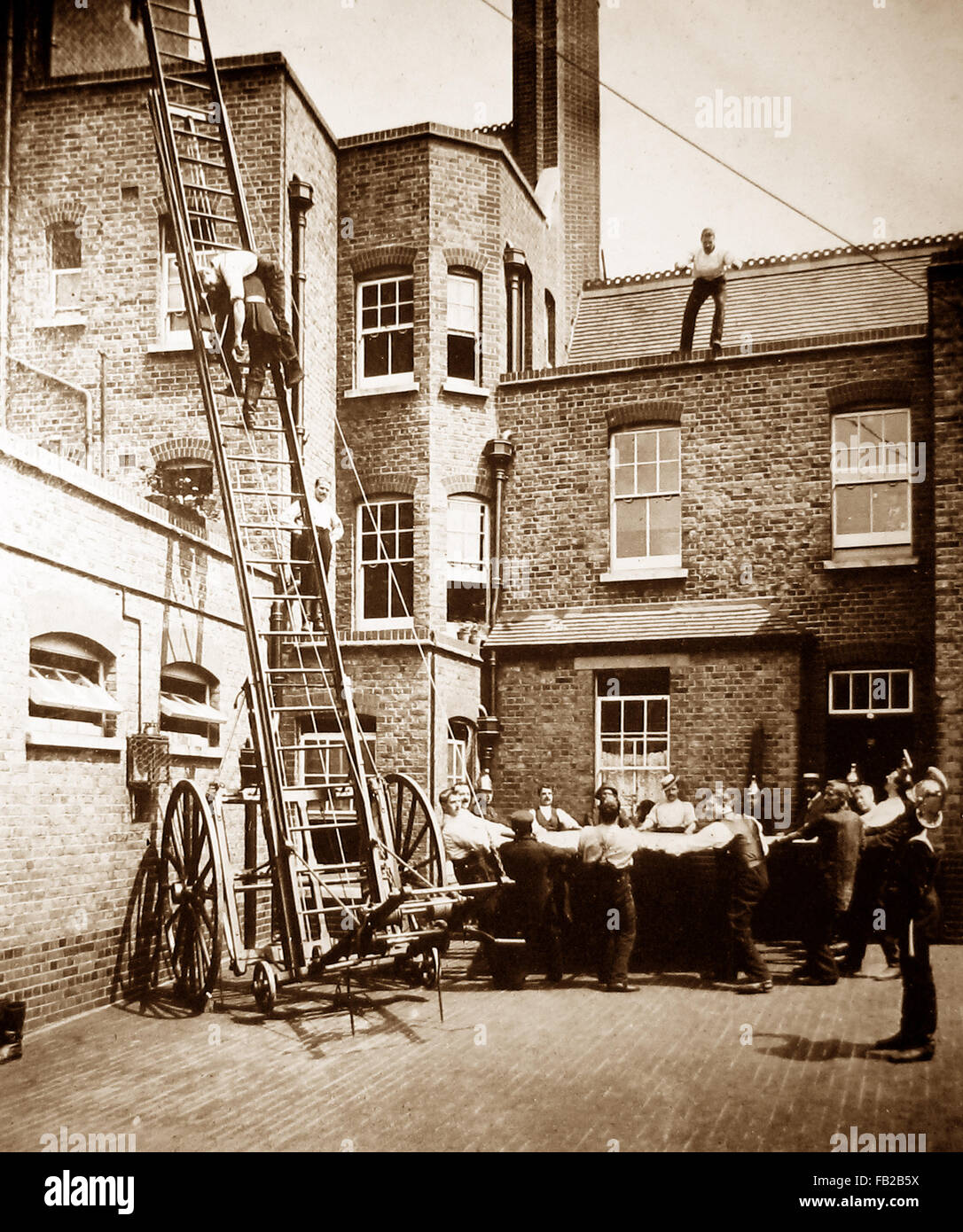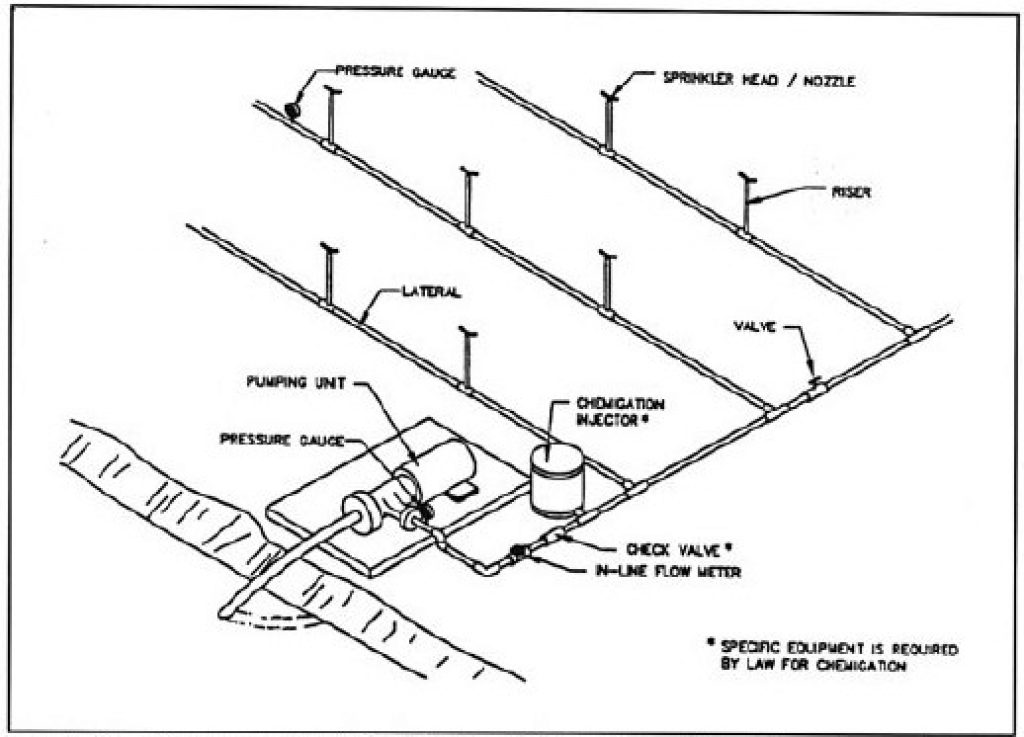Protecting people and property from fire hazards is a top priority. Uniting equipment and skill development is the most effective way to control fire outbreaks. Automatic fire suppression setups and fire brigade training strengthen protection efforts to reduce damage.
Understanding How Sprinklers Work
Sprinkler systems are built for rapid fire control. They operate through temperature-triggered nozzles to control flames. Fire control devices responds only when needed, delivering targeted fire suppression.

Key features of sprinkler systems include:
- Nozzles: Spray water directly.
- Piping networks: Ensure consistent flow.
- System monitors: Monitor sprinkler performance.
- Emergency water systems: Provide reliable water sources.
The Importance of Emergency Preparedness
Although sprinklers are highly effective, emergency training enhances overall protection. Team training sessions equip staff to control fire situations and support automatic systems.
Primary aspects of team readiness drills include:
- Fire prevention strategies: Educating about potential dangers.
- Safe exit techniques: Improving exit coordination.
- Firefighting skills: Practicing fire suppression tactics.
- Coordinated responses: Promoting collaborative responses.
curso de brigadista
O que é o sprinkler?Quanto custa um sistema de sprinkler?
The Synergy Between Technology and Preparedness
Uniting fire suppression tools with trained teams enhances fire response efforts. With sprinklers controlling flames immediately, emergency crews address residual risks.

When integrated effectively, these methods limit damage in homes and apartments, offices and businesses, and industrial facilities alike.
Conclusion: Building a Safer Future
Advanced suppression systems and team preparedness provide unmatched fire safety. Prioritizing these safety approaches enhances emergency responses for unexpected fire outbreaks.
Ensure a safer tomorrow by acting today by scheduling fire brigade training. Preparedness and technology work hand in hand!